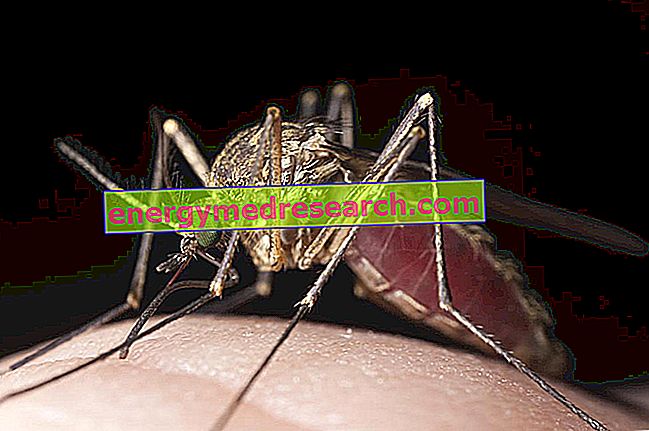
At the beginning of the 1900s, Jesse William Lazear (1866-1900), a young doctor and expert in clinical microbiology, went to the Cuban archipelago, one of the main hotbeds of yellow fever .
Lazear was a member of the "Yellow Fever Board", a US commission of experts that investigated the pathogenesis of the disease responsible for making those affected "more yellow than an apple", due to the jaundice (hence the name "yellow fever") coined by Hughes in 1750). To trace its etiology and transmission modalities, the research group decided to understand if yellow fever was transmitted by mosquitoes, as suggested by the Cuban doctor Carlos Juan Finlay, between 1865 and 1881.
In order to test this theory, some healthy volunteers lent themselves to the cause by getting bitten by supposedly infected mosquitoes . Lazear himself was bitten by a mosquito on September 13, 1900, contracted yellow fever and died two weeks later. The death of the doctor and the infections of the volunteers served to prove that these insects were indeed the vector of the disease, so Finlay was right. More detailed research allowed to establish that the etiologic agent of yellow fever was a Flavivirus .



